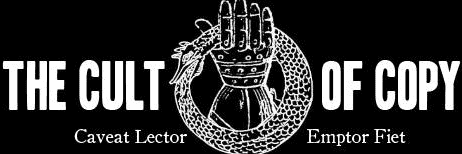“The price of a work of art has nothing to do with what the work of art is, can do, or is worth on an existential, alchemical level.” – Jerry Saltz, Born Feb. 19, 1951.
Information is like art in this way, at least when it's for sale.
For example, imagine a piece of information in a free blog post that is five years old that you can find via Google search…
Now imagine that same piece of information told to you today over the phone on a weekly accountability call with a highly paid life and business coach slash consultant…
The same way a stock tip from a broker is going to hit differently than the same tip from a circus clown.
Context will change the perception of value in a piece of information. This estimation of value – even if it's only POTENTIAL value – will have a huge impact on how much a person would pay for that information.
For the right person, in the right context, at the right time, the right piece of information can be the most valuable thing in the world.
Moving a painting from the artist's tarp on the city sidewalk sale into a luxuriously appointed auction house where it is fiercely bid upon by wealthy elites – that can take it from $100 to $10 million.
Nothing about the art changed. Same paint, same colors, same materials.
Nothing about the artist changed. Same talent. Same skill. Same back story.
All that changed is the context – where it was sold and WHO is the potential buyer.
That’s the key.
What can you and I do to magnify the price of a piece of information?
Again, go back to the art world. People who like art are not their highest paying customer – the investor/collector is the highest paying customer.
The gallery environment is created to sell to that superior buyer. It’s a positioning move. And it’s a brilliant example, because the gallery is there to sell the art to the investor. How does the investor know the art is valuable? Because it’s in the gallery.
Who profits most? The gallery owner.
Who decides what will be displayed there, and therefore, be elevated in perceived value?
The gallery owner. Not the artist.
How does that happen? Because the gallery owner knows how to reframe the product so that it appeals to the highest level buyer for that product. Not random passers-by on the street. Big money investors who fancy themselves as art “collectors” – who may not even like the paintings they buy.
Doesn’t matter, though. Money is money. And that is why the BUSINESS of art is focused on those buyers.
Now… Are you building your business around YOUR best buyer?


Hi Colin!
I religiously read your emails. This analogy between art and information – I love it.
Hey Colin
Yes, I do read your emails. I always find your information interesting and useful. I may not get to emails right away, but I keep them in my inbox until I get a chance to sit back and give them a read. Keep it coming.
Love to hear it, Kevin. I really appreciate this note. 🙂